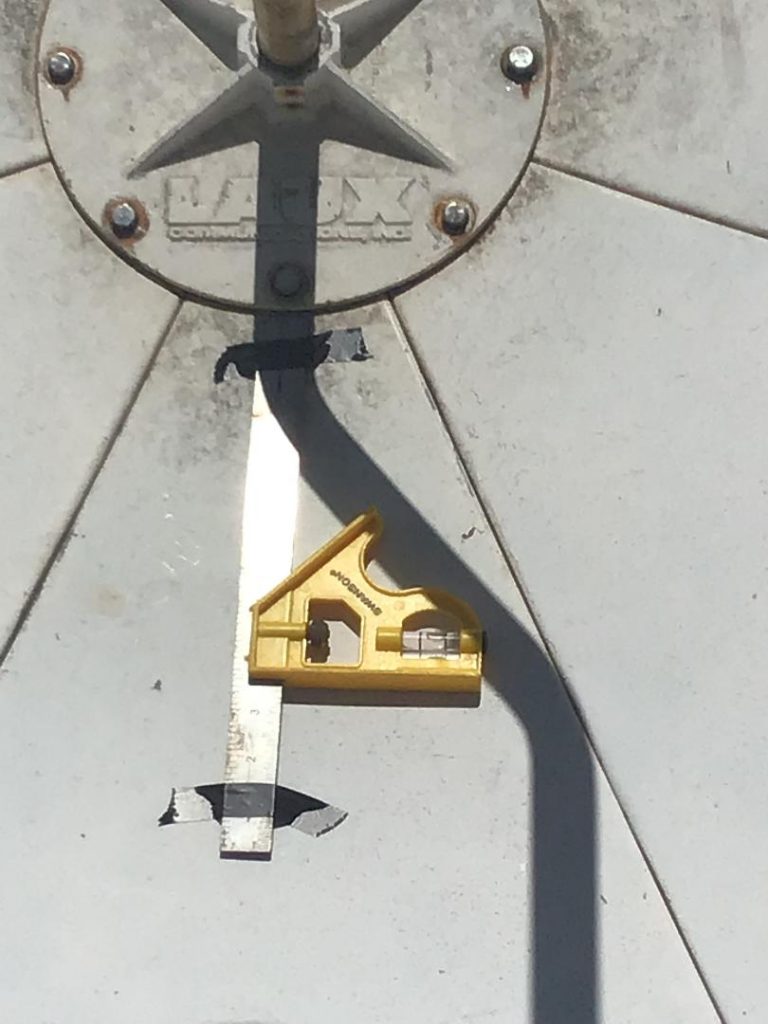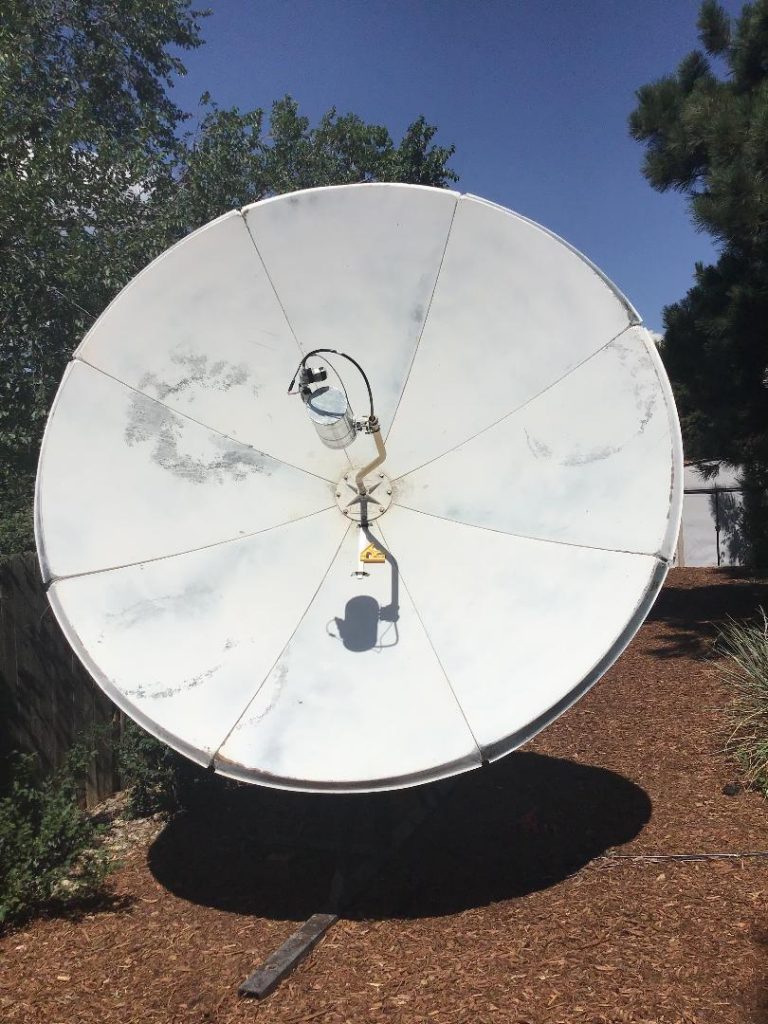Data for the moon:
date: 12 Aug Rises: 15:32 Sets: 01:16 (13 Aug)
date: 13 Aug Rises: 16:25 Sets: 02:01 (14 Aug)
=============================================
Data for radio sources:
Data for Sgr-A (RA: 17h 47m DEC: -28d 42m):
12 Aug 21:17 ALT: 21.9deg AZ: 180deg(meridian)
Rises: 17:04 Sets: 01:14 (13 Aug)
13 Aug 21:21 ALT: 21.9deg AZ: 180deg
Rises: 17:08 Sets: 01:18 (14 Aug)
Data for Cyg-A (RA: 19h 59.5m DEC: 40d 44m):
12 Aug 23:30 ALT: 88.3deg AZ: 360deg(due north)
Rises: 14:41 Sets: 08:00 (13 Aug)
13 Aug 23:34 ALT: 88.3deg AZ: 360deg
Rises: 14:45 Sets: 08:04 (14 Aug)
Data for Cas-A (RA: 23h 23.4m DEC: 58d 49m):
12 Aug 02:50 ALT: 69.9deg AZ: 360deg(due north)
13 Aug 02:54 ALT: 69.9deg AZ: 360deg
NOTE: Cas-A is circumpolar and never drops below the local horizon.
Data for Tau-A (RA: 05h 34.5m DEC: 22d 01m):
12 Aug 09:00 ALT: 73.0deg AZ: 180deg(meridian)
Rises: 02:01 Sets: 16:01
13 Aug 09:04 ALT: 73.0deg AZ: 180deg
Rises: 02:05 Sets: 16:05
Data for Vir-A (RA: 12h 30.8m DEC: 12d 23m):
12 Aug 15:54 ALT: 63.4deg AZ: 180deg(meridian)
Rises: 09:26 Sets: 22:21
13 Aug 15:58 ALT: 63.4deg AZ: 180deg
Rises: 09:29 Sets: 22:25
Provided by WD0CUJ



